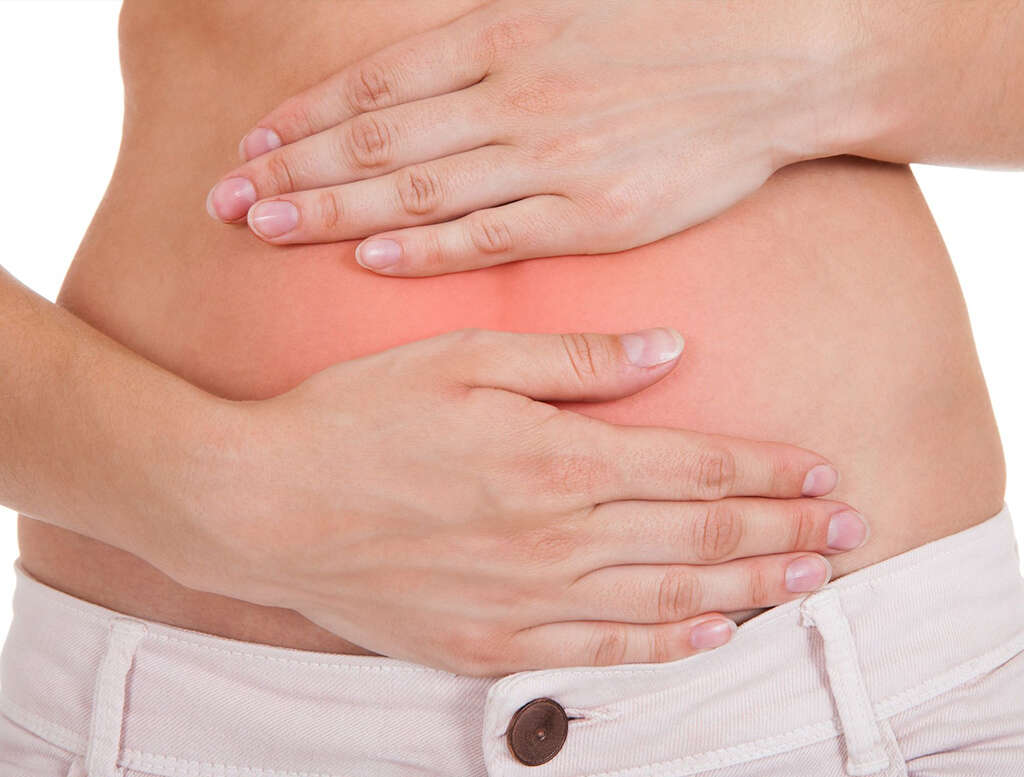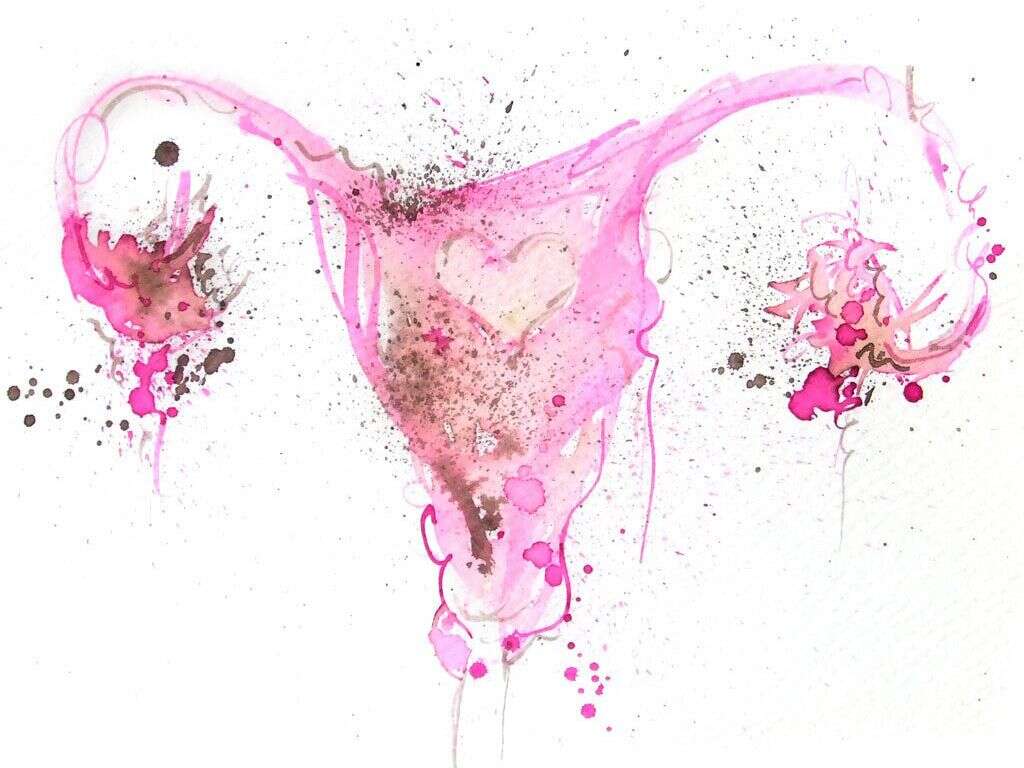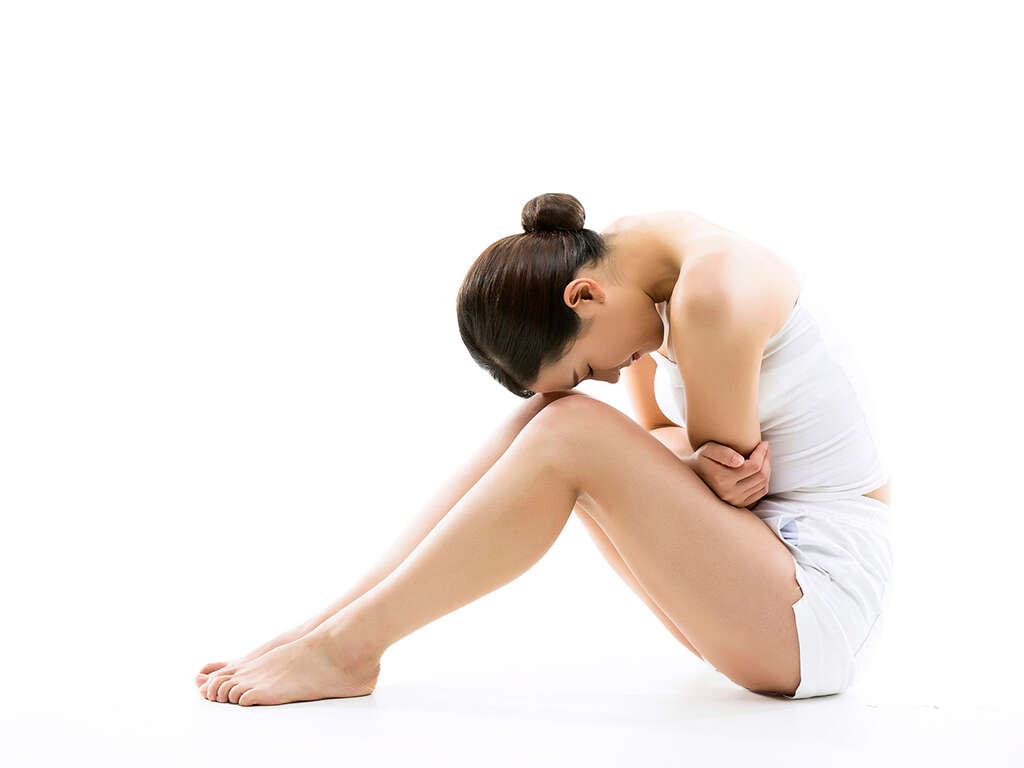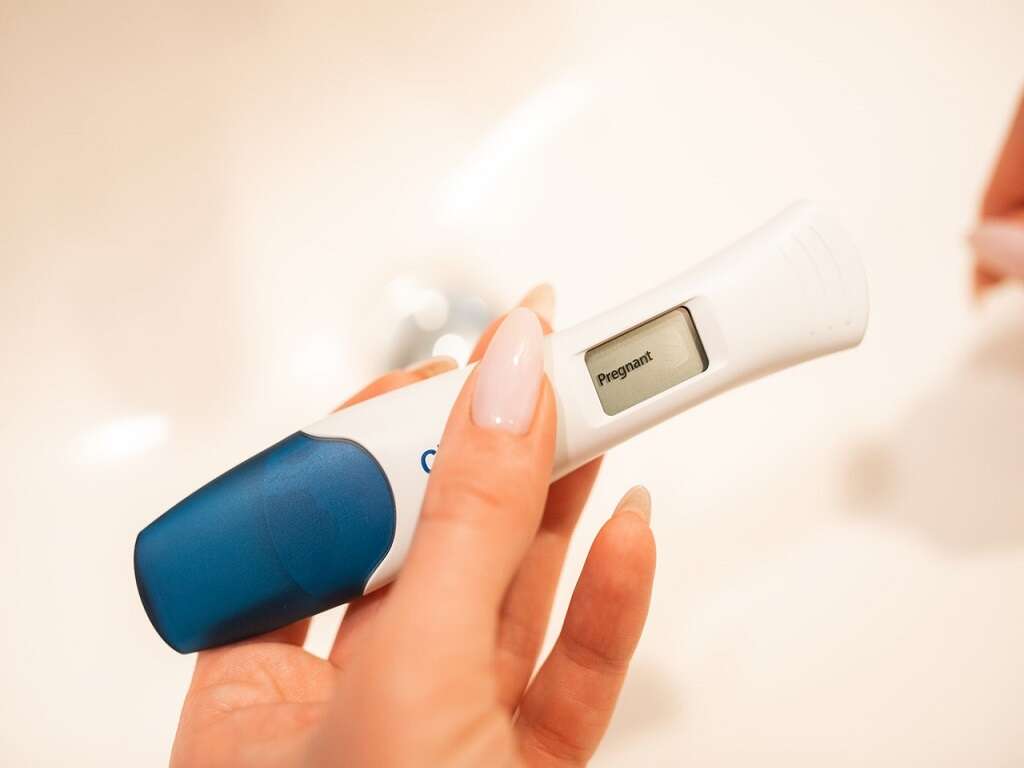10 Signs of Endometriosis
Endometriosis is a condition where cells that normally cover the inside of the uterus grow on the outside the uterus. This is most commonly seen on the ovaries or surrounding tissues, tissues around the uterus, and on the fallopian tubes. In some rare cases, it may also grow in other parts of the body. Endometriosis is a debilitating condition that has both psychological and social impacts. Experts are still unsure regarding the cause. However, one of the most important risk factors of endometriosis is a positive family history of the disorder.
The areas affected by endometriosis bleed every month, which results in inflammation and scarring. A diagnosis can be made based on the patient’s symptoms, medical imaging, and a biopsy. There has been some evidence that suggests that combined oral contraceptives, exercise, and avoidance of large amounts of alcohol may reduce the risk of endometriosis. Although there is no cure it can be managed using hormonal treatments, pain medication (non-steroidal anti-inflammatory drugs), birth control pills, intrauterine devices with progesterone, or surgery can also help improve symptoms.
For those trying to conceive, a gonadotropin-releasing hormone agonist may help increase the chances of pregnancy. It is estimated that as of 2015, about 10.8 million individuals are affected worldwide. Others estimate about 6 to 10 percent of women are affected. Endometriosis is the most common among women in their 30s and 40s.

Endometriosis Sign #1: Infertility
The risk of infertility among patients with endometriosis ranges from 30 to 50 percent. Although the mechanism of how infertility causes endometriosis is still not clear, some possible mechanisms include adhesions or anatomical distortions that occur, and the release of factors from endometriomas that are detrimental to embryos or gametes.
Another theory is that endometriosis could be a secondary phenomenon that is more likely to occur in women who are unable to conceive due to other reasons. Management for infertility includes surgery and in-vitro fertilization.

Endometriosis Sign #2: Abdominal tenderness
Abdominal tenderness occurs when pressure on the abdomen causes pain. When the removal of pressure causes pain, it is also known as rebound tenderness. Abdominal tenderness is often a sign that there is something wrong in the abdomen.
Some causes of abdominal tenderness include appendicitis, ectopic pregnancy, pelvic inflammatory disease, twisted fallopian tubes, abdominal abscess, Meckel diverticulum, diverticulitis, and inguinal hernia.

Endometriosis Sign #3: Pallor
Pallor refers to the pale skin that can be caused by emotional shock, stress, anemia, stimulant use, and illness. Pallor is most prominently seen in the face, palms, conjunctiva, and mucous membranes. Pallor should be distinguished from hypopigmentation or a fair complexion.
In endometriosis, pallor can occur when the patients have anemia due to extended or heavy menstruation. In severe anemia a blood transfusion may be required. Other options include iron or folic acid supplements, and treatment for the endometriosis.

Endometriosis Sign #4: Vomiting
Vomiting, or puking, refers to the forceful and involuntary expulsion of stomach contents through the nose and/or mouth. Vomiting is commonly seen in various conditions such as gastritis, food poisoning, motion sickness, brain tumors, and increased intracranial pressure. Vomiting can also be preceded by nausea, which is an unpleasant sensation where there is an urge to vomit.
Both nausea and vomiting can be managed using antiemetics such as ondansetron, metoclopramide, and promethazine. Endometriosis also causes other various gastrointestinal symptoms such as diarrhea and constipation.
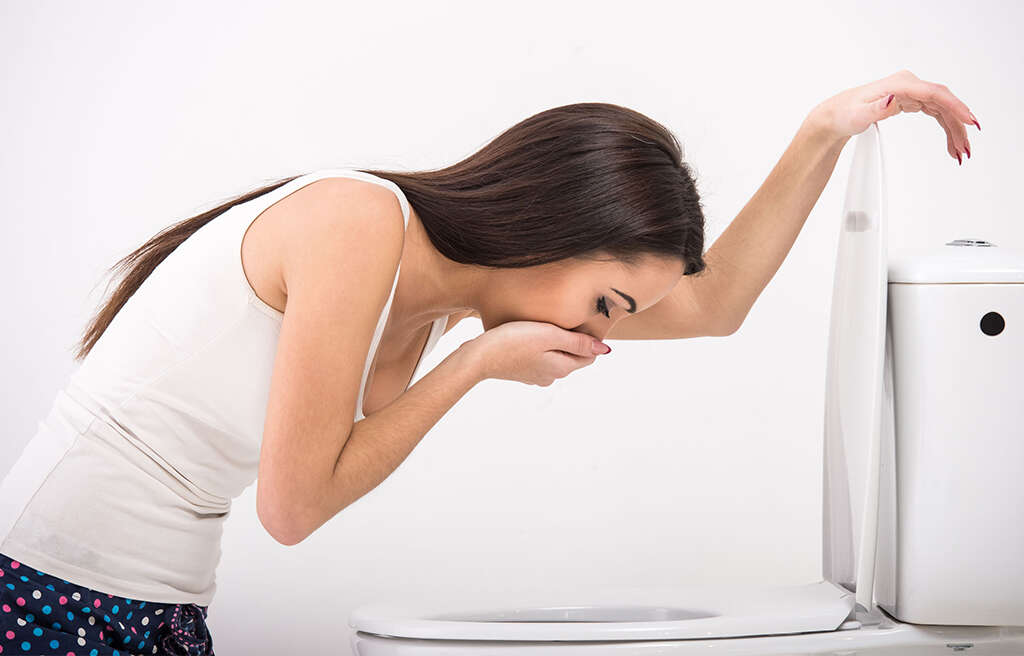
Endometriosis Sign #5: Blood in Stool
Blood in the stool, or hematochezia, refers to the passage of fresh blood in or with stools. It is most commonly seen in lower gastrointestinal bleeding. However, it can also be seen in brisk upper gastrointestinal bleeding. The most common causes of hematochezia are diverticulosis and hemorrhoids. It can also be seen in colorectal cancer, inflammatory bowel disease, and ulcerative colitis.
Large endometrial nodules that infiltrate the muscular layer of the intestines can cause a wide range of signs and symptoms like constipation, dyschezia, diarrhea, mucus in the stools, abdominal bloating, and rectal bleeding. It is important to note that the rectal bleeding is usually cyclical.

Endometriosis Sign #6: Tender Nodules
Nodules refer to solid and elevated areas of fluid and tissue that is greater than 0.5 centimeters. Nodules can develop on muscles, tendons, vocal cords, and organs. One of the hallmark findings upon examination of a patient is the presence of tender nodular masses along the posterior uterus, thickened uterosacral ligaments, or the posterior cul-de-sac.
In some cases, a bluish nodule can also be seen in the vagina when there is infiltration from the posterior vaginal wall.
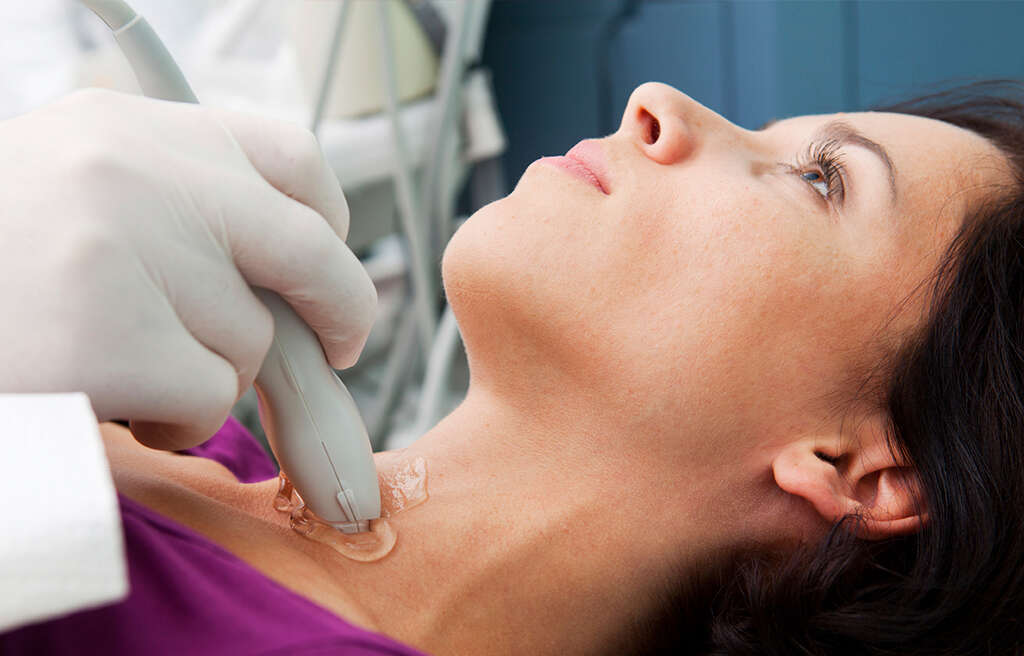
Endometriosis Sign #7: Menorrhagia
Menorrhagia, or heavy menstrual bleeding, refers to excessive heavy flow that may occur due to structural abnormalities in the reproductive tract, bleeding disorder, anovulation, cancer of the reproductive tract, or because of hormone issues.
Treatment of menorrhagia depends on the severity, cause, and interference with the patient’s quality of life. In endometriosis, menorrhagia is often accompanied by severe pain as the extension of endometrial tissue outside the uterus tries to shed and causes abnormal and painful bleeds.
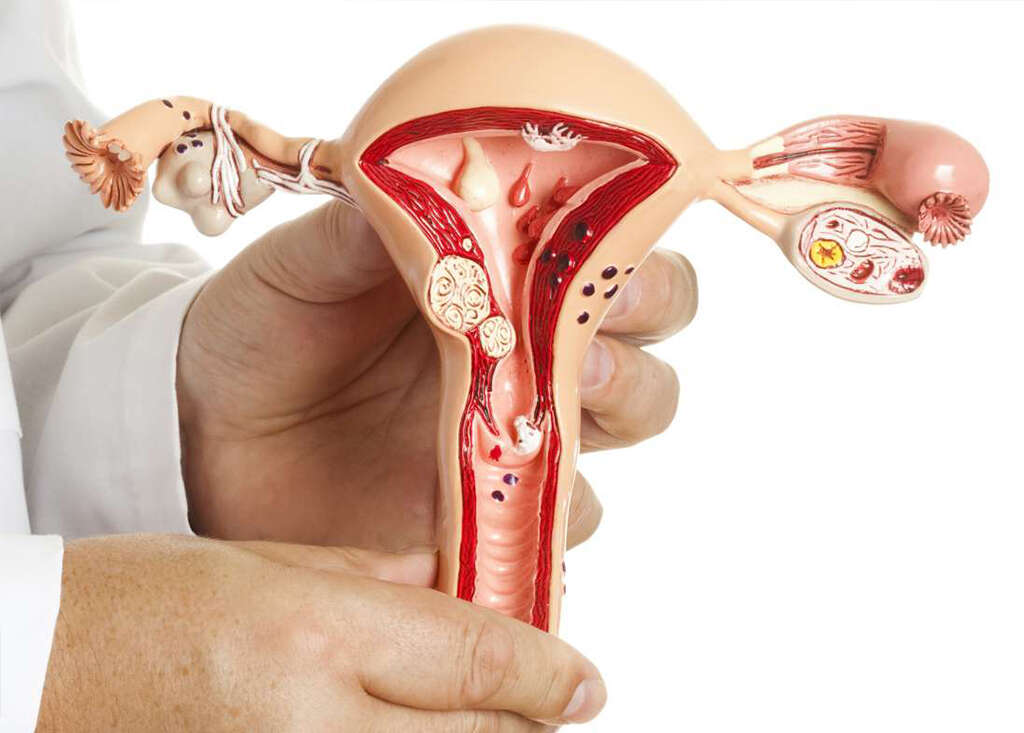
Endometriosis Sign #8: Dysmenorrhea
Dysmenorrhea is a term that refers to menstrual cramps or painful periods. The pain usually lasts less than 3 days and is typically located in the lower abdomen or pelvis. Other symptoms associated symptoms of dysmenorrhea include lower back pain, nausea, and diarrhea.
Although dysmenorrhea may be normal in younger women, in older women it usually signifies underlying issues such as adenomyosis, uterine fibroids, and endometriosis. The most common disorder that causes dysmenorrhea is endometriosis.
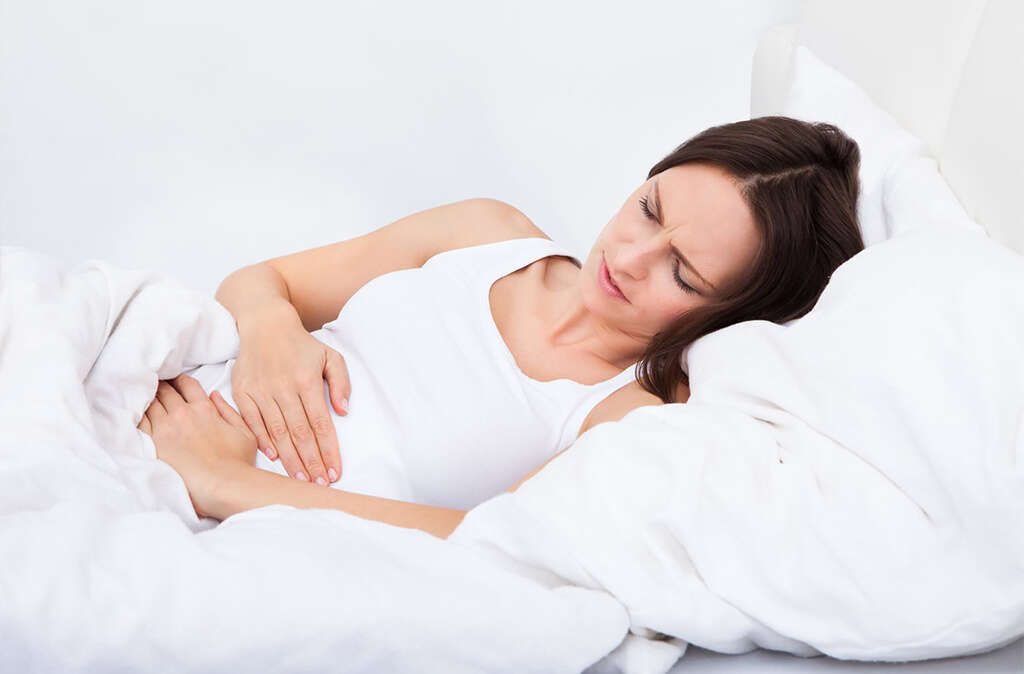
Endometriosis Sign #9: Dyspareunia
Dyspareunia is a term describing painful sexual intercourse due to psychological or physical causes. The pain can be felt in the pelvis or on the surface of the genitalia. Some causes of dyspareunia include infections, cancer of the reproductive tract, trauma to the pelvis, anatomic variations, endometriosis, estrogen deficiency, pelvic masses, or vulvodynia.
Laparoscopic treatment is a treatment option that can greatly improve the sex lives of women affected by dyspareunia.

Endometriosis Sign #10: Dyschezia
Endometriosis that affects the bowel or rectovaginal region is seen in about 5 to 12 percent of women with endometriosis. This can cause severe pain when there is bowel movement, also known as dyschezia. Endometriosis affects the bladder and bowel causing symptoms when there is the formation of cells that attach to the areas surrounding both the bowel or bladder.
Other associated bladder and bowel signs and symptoms include menorrhagia, constipation, diarrhea, dysmenorrhea, and fertility issues.
